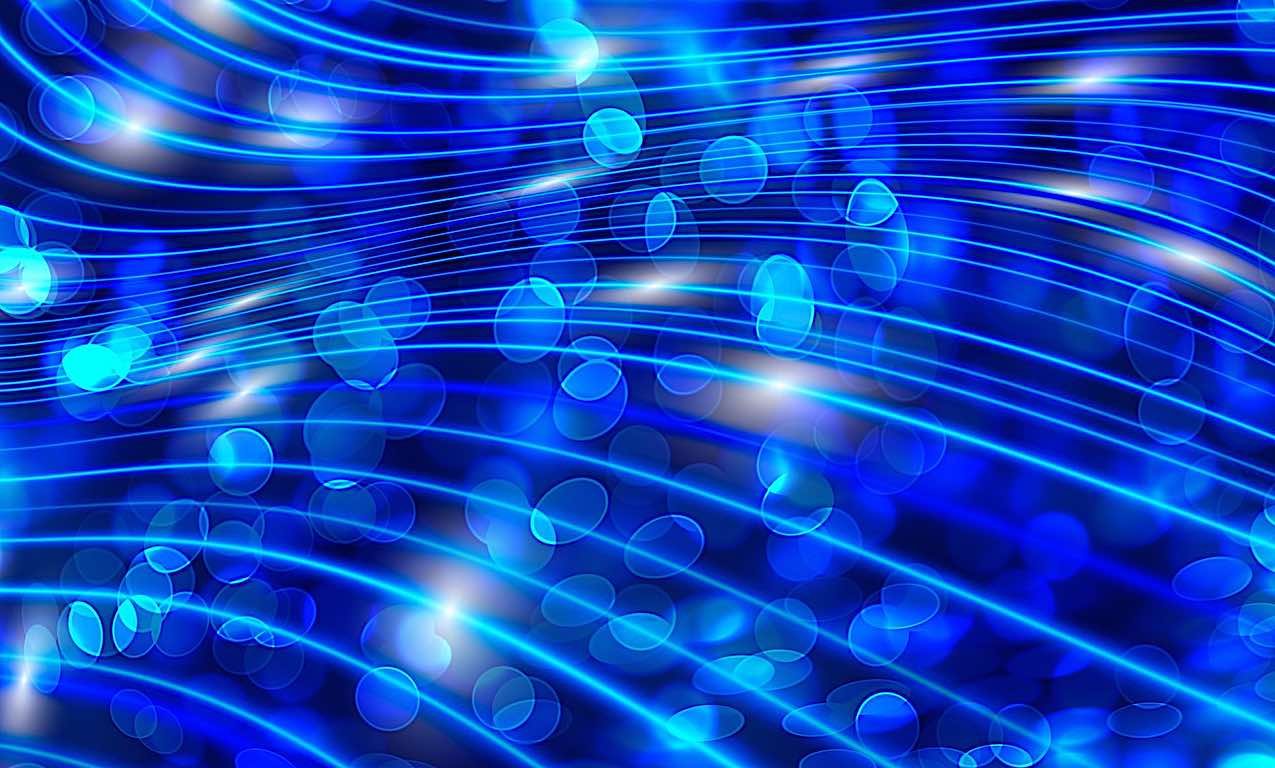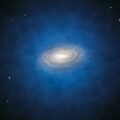A Belgian research team says they have observed an anomalous bunching effect that appears to contradict our accepted understanding of the properties of photons, according to a new paper.
In physics, the notion that objects maintain pairs of complementary properties, not all of which can be observed or easily measured at the same time, is known as the complimentary principle. Proposed by physicist Niels Bohr, this principle can be summarized with the observation that objects in nature generally behave in one of two ways: like waves, or like particles.
Now, researchers with the Center for Quantum Information and Communication at the Ecole polytechnique de Bruxelles of Université libre de Bruxelles in Belgium say they have made observations of photonic behavior that seemingly contradicts this long-held understanding.
The team’s findings were published in the journal Nature Photonics.
Since light can be described as both a wave and as composed of particles containing no mass—i.e. photons—which move at the speed of light, there is essentially no way to tell the difference between which paths photons follow in quantum interference experiments, which results in their clinging together or “bunching.”
This bunching behavior of photons, otherwise known as Boson bunching, is described by the team in their new paper as being “among the most remarkable features of quantum physics.”
One example involves what is known as the Hong–Ou–Mandel effect, which describes a phenomenon in quantum optics involving two-photon interference first observed in the late 1980s by physicists at the University of Rochester. It occurs whenever a pair of identical single photons enter the separate input ports on a 1:1 beam splitter, and either cross the splitter or are reflected, resulting from quantum interference between their paths.
“This effect takes its roots in the indistinguishability of identical photons,” write authors Benoit Seron, Leonardo Novo, and Nicolas J. Cerf in their recent paper. Because of this, it is accepted based on past experimental verification that Boson bunching essentially “vanishes as soon as photons can be distinguished,” under conditions that include instances where they are present within distinct time bins or are observed to possess different polarizations.
Fundamentally, the bunching together of photons doesn’t sit well within the framework of our classical view of physics, in terms of photons moving as particles following well-defined paths. Once their properties can be discerned by being traced back to their points of origin, or distinguished by factors like color or polarization, photons no longer engage in bunching; in short, bunching occurs to the greatest extent when photons remain indistinguishable and lessens the more discernable the particles become.
In the team’s new research, led by Dr. Leonardo Novo, a theoretical scenario was imagined involving the bunching behaviors of seven photons with relation to the output paths of an interferometer. Given our current understanding of bunching, it should occur to the greatest extent when the same polarization occurs between all seven of the photons, since under these conditions they would be indistinguishable, and there would thus be no way to discern their paths as they pass through the interferometer.
However, the researchers found that in some cases the photon bunching phenomenon does not appear to behave as expected in every case: under conditions where photons attain a more clearly discernable polarization pattern and become partly distinguishable, there exist instances where photon bunching seems to show marked increases, rather than lessening.
The unexpected photonic behavior, Novo and the team writes, “questions our understanding of multiparticle interference in the grey zone between indistinguishable bosons and classical particles.”
According to the team’s paper, they were able to upend this common understanding of the phenomenon with help from recent findings involving what is known as the theory of matrix permanents, noting that the presence of the odd boosting effect they came across in their theoretical study has real-world corollaries and is “within reach of current photonic technology.”
Although the observation is intriguing unto itself, the anomalous phenomenon of increased photon bunching potentially has applications within the quickly growing industry involving technologies that leverage quantum photonic principles. One of the most obvious examples is the construction of optical quantum computers, where a better understanding of photon bunching may prove very useful in the years ahead.
Novo and the team’s paper, “Boson bunching is not maximized by indistinguishable particles,” appeared in the journal Nature Photonics on June 15, 2023.
Micah Hanks is the Editor-in-Chief and Co-Founder of The Debrief. He can be reached by email at micah@thedebrief.org. Follow his work at micahhanks.com and on Twitter: @MicahHanks.

